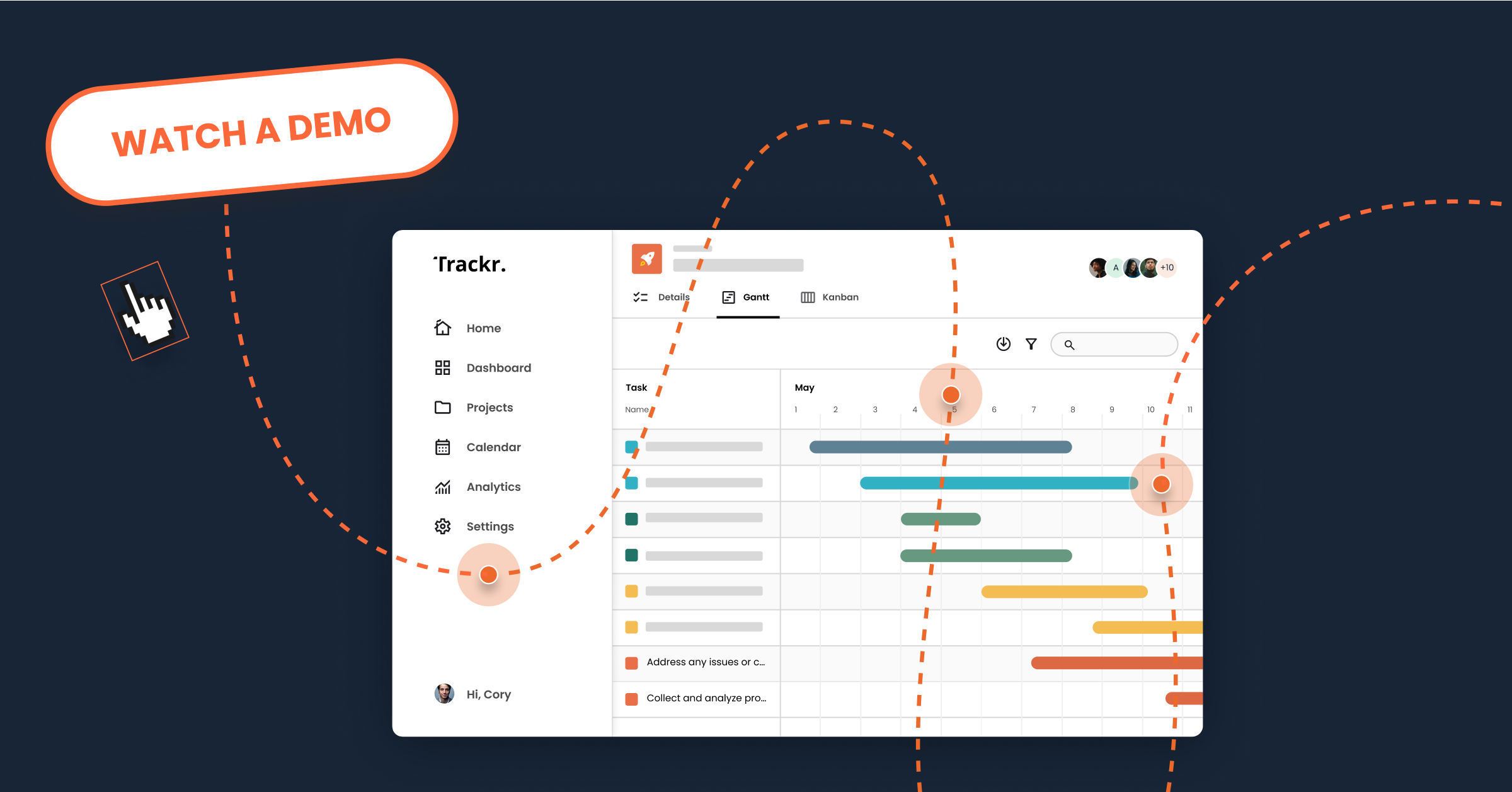Overcoming group buying dysfunction and enabling your internal champion to sell are the most important topics for us at Consensus. On that note, CEB recently hosted a sales leader conference where Jill Konrath, Lori Richardson, Brent Adamson and Nick Toman got together to discuss the complexity of selling to today’s buyers. Because we can’t resist sharing insights when some of the best minds in B2B sales come together, here are some of the key takeaways from the discussion:
Help Simplify Your Customers’ Lives
 Customers don’t always know what’s best for them. As Nick Toman points out, “Help the customer by slowing it down for them. You don’t have to say yes to every single request. In fact, try to direct the customer in the direction we think they need to go. It’s going to be best for their business. That often time alleviates complexity all around and to me it’s just a very interesting phenomena.” With an average of 6.8 stakeholders involved in every purchase decision making up almost four different roles, half the battle is just helping them suss out where their interests as an organization align, and how to separate that from personal agendas. In a way, you serve as a mediator – although “mediator” implies conflict is involved, in a very subltle sense, it might be (before all stakeholders even know it, simply because they all have their own agendas and goals to fulfill). As Brent puts it, “Stop being so responsive, start being a little bit more prescriptive.”
Customers don’t always know what’s best for them. As Nick Toman points out, “Help the customer by slowing it down for them. You don’t have to say yes to every single request. In fact, try to direct the customer in the direction we think they need to go. It’s going to be best for their business. That often time alleviates complexity all around and to me it’s just a very interesting phenomena.” With an average of 6.8 stakeholders involved in every purchase decision making up almost four different roles, half the battle is just helping them suss out where their interests as an organization align, and how to separate that from personal agendas. In a way, you serve as a mediator – although “mediator” implies conflict is involved, in a very subltle sense, it might be (before all stakeholders even know it, simply because they all have their own agendas and goals to fulfill). As Brent puts it, “Stop being so responsive, start being a little bit more prescriptive.”
Empathy is Key
Get into the mind of your buyer. What would you imagine as every single stress and factor at play for them – not just in this purchase decision – but within their role, organization – even life? Brent puts it, “It feels to me that in this world, empathy becomes incredibly important. It’s not just your ability to understand your customer at a business level, but to be able to effectively project yourself into their shoes and into their lives and say, “What does it feel like to be in the that environment? What stresses are they facing? What pressures are they under?” As Jill says, “What are their issues, concerns, roles, responsibilities? What do they have to do to get it all done? What would be a satisfactory conclusion for this negotiation?” Those are a lot of questions – and as you can imagine, it takes a lot of time to answer those questions. Sales reps needto be spending that critical research time finding those answers, however. Because customers expect sales reps to bring value to every conversation they have – they have no extra time for fluff, or things that aren’t in line with their needs.
Accept Your Role as a Project Manager, Coach and Leader
As a sales rep, your role is to no longer just pitch prospects on your solution. Instead, you should be figuring out many things: where in the buyer’s journey are prospects considering purchase, what do they need and what obstacles will they run into at this point, how can you be prepared to alleviate those obstacles, how can you help each stakeholder perceive value in a way that matters to each of them, etc. Don’t be afraid to guide them to solutions, as opposed to simply trying to remedy or answer all of their needs and questions. As Jill points out, “It’s a real, very complex project management, change management issue. The change management of bringing in the components where people have different perspectives and how do we get buy-in in an organization that needs what we have but has such vast and competing opinions about what is going to make a successful solution.”
Want to check out the full talk/transcript? Follow this link from Jill Konrath’s blog.





